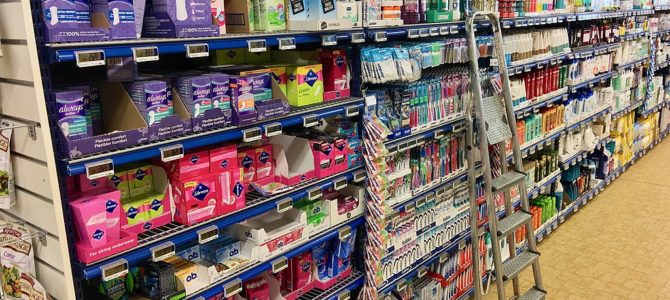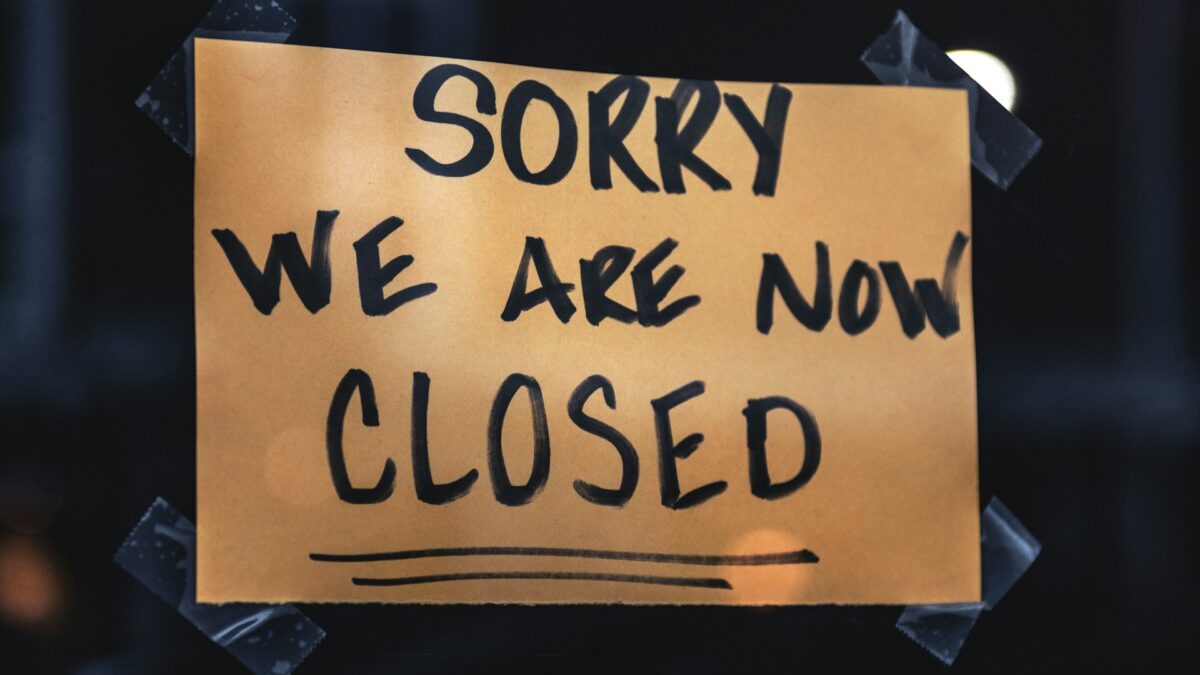
The crusade against the so-called “tampon tax” is in the news again. As public radio station WBUR reported:
Menstrual products like tampons and pads are subject to sales tax in 34 states.
On average, women and people who menstruate spend an estimated $150 million a year just on the sales tax for these items. One in four women struggle to afford period products, according to the nonprofit PERIOD. Now, there’s a push to outlaw the so-called ‘tampon tax’ across the country.
Jennifer Weiss-Wolf, an activist and co-founder of Period Equity, says she got together with a group of lawyers to make the case that taxing menstrual products is ‘sex-based discrimination and therefore unconstitutional and therefore illegal.’ . . .
The broader argument against taxation should be based on fairness and equity, she says, which begs the question: ‘Why should that revenue be on the backs of just those who menstruate when there are items that we could choose to replace that with that are either less necessary or used equally by the whole population?’
Here in Illinois, the last time crusaders crusaded, Illinois removed the sales tax on menstrual products in 2016, in a bipartisan “make the voters happy about little things while we screw them on big things” move. The Tribune reported, “Currently, tampons and sanitary napkins are taxed by the state of Illinois as ‘luxury items’ at 6.25 percent. The new law, which takes effect Jan. 1, removes that tax by putting the products in the same category as necessities like shampoo.”
But the Tribune was wrong. As described on the state of Illinois’s website (here, with clarifying details here), “qualifying food, drugs, and medical appliances” are taxed at a 1 percent rate, general merchandise at a 6.25 percent rate. This is merely the state rate. Localities can tax on extra tax rates so that in suburban Cook County, I’m paying 2.25 percent for food and 10 percent for everything else.
The term “drugs” is defined to include both prescription and non-prescription items that make medicinal claims: pills, ointments, vitamins, anything that promises to cure disease, relieve pain, or the like.
But hygiene products are taxed at the regular general merchandise rate. This includes shampoo and deodorant, but also condoms and diapers—and this category of items was moved to the 6.25 percent rate (remember, that’s 10 percent in Chicago and its suburbs), in 2009. That was a move designed to raise revenue for yet another big infrastructure spending program, alongside increases in sales taxes for soft drinks and candy, and boosts to the state’s alcohol tax.
This makes the “tampon tax exemption” a unique exemption. How unique? Incontinence products, which are labeled as useable for either purpose, are tax-exempt, but fully taxable if labeled as used only for incontinence. And in the spring legislative session, legislators attempted to move condoms, diapers, and wipes to the 1 percent rate, but failed.
This all makes claims of injustice a bit nonsensical. We “need” many products in our daily lives. In some states those are exempt from sales tax, or the sales tax is a modest sum. In other states, the need to find revenue means these products are all fair game for taxation.
Incidentally, in Illinois, there is no sales tax on services, but it is perpetually proposed by politicians, and each time they do so, they make sure to pledge that only such services used by “the rich” will become taxable. I fully expect that sooner or later there will be an equally preposterous list of which services are taxable based on whether they’re “necessary” or “luxury” or “used by the rich.”
But this fight isn’t really about sales tax on tampons, is it? In part, of course, it’s actually a result of the fragmentation of families. After all, in a world in which women and men spend most of their adult lives as families, their living expenses are paid as households, and husbands pay for their wives’ tampons, and wives, their husbands’ razors, to the same degree as every other such expense is shared. But when that doesn’t exist any longer, and when there’s an account of the fairness of every item’s cost and tax treatment, this is the outcome.
Is it fair or unfair that women pay more for their clothes than men? That their haircuts are costlier? What about the old complaint that men are expected to pay for dates? (Is that still true? I have no idea how this works in 2019.)
Heck, one presumes that, in general, men pay more than women for food costs, insofar as a 240-pound man simply eats more than a 130 -pound woman, unless, of course, that woman is making her purchases from Whole Foods’ produce and that man picks up his groceries in the canned food aisle at a standard supermarket.
Again, is it fair that an aging adult who needs incontinence products pays 10 percent sales tax, unless that person is fortunate enough to find a product labeled as for menstrual use, and thus tax-exempt? Why would the state have been so enthusiastic to exempt menstrual products while keeping the 6.25 percent (10 percent) rate for all other hygiene products, except as a political stunt?
It’s a crazy sort of scorekeeping, and surely is indeed more about scoring points for one’s tribe (that is, in this case, women) than achieving anything of lasting benefit for the greater community with a tax code that is sensible and reasonable for everyone.









